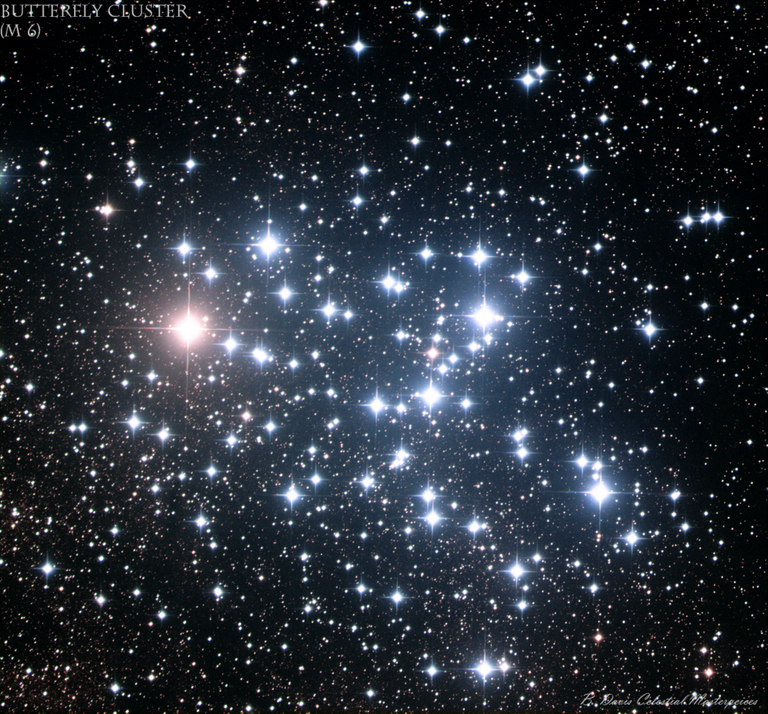
On the way, we’d stop at parks and monuments, visiting Civil War battlefields and Indian mounds, antebellum mansions and cypress swamps, learning the stories of the landscape we passed through.
At my grandparents’, we’d walk the boardwalk at a local state park, looking for birds; we’d putter out the canal in the boat with my granddad; we’d head to the beach to collect shells and swim. And whenever my brother and I came inside to rest, grandmother Chris told us stories.
She loved the sound of language, the ring and rhyme of it. She knew Robert Burns’ poetry by heart, and could recite it in a Scottish burr, roll- ing her Rs and transforming her precise Vermont vowels into “bonny braw Scot.” She recited nonsense rhymes just for the fun of them, and read from her favorite children’s authors, including Robert Louis Stevenson and A. A. Milne. She sang songs about Bonnie Prince Charlie and Nessie, the mon- ster of Loch Ness. She told tales of selchies, the magical water creatures that turn from seal in the ocean to human on land; of kelpies, Scottish water witches; and of lairds and their ladies, castles, dragons, and the clans with their plaids.
Once as I was helping her in the kitchen, she stopped what she was do- ing, took my chin in her slender, wrinkled fingers, and looked into my eyes. “You’ve got rings in your eyes,” she said, her voice solemn. “That makes you a kelpie. Only kelpies have ringed eyes.”
I must have seemed puzzled, because she pulled me into the bathroom. “Look into the mirror,” she commanded.
I did, and saw the same old me: skinny, tousled blond hair, freckled face, two eyes of indistinct hue, neither the sky blue of my mom’s nor the warm green of my dad’s.
“What color are your eyes?” she demanded.
I peered at them, trying to decide. “Green?”
“Nay,” she said, slipping into Scots, “they’re ringed. See the starburst pat-
tern next to your pupil? That’s brown. Then right there,” she said, pointing carefully with one manicured pinkie, “see how it changes to green? And the outside, the very edge is a distinct line of blue.”
As she said it, I could see the rings of color in my eyes.
“You’ve kelpie eyes,” she said. “That makes you special.”
My gran was a tiny woman, just over five feet tall, slender, with fair skin,
and a delicate bone structure. She was pretty and lively, with a mischievous smile, and she was loquacious, chipper and cheery as a robin singing on a spring morning, forever whistling an upbeat tune, reciting a rhyme, sing- ing an old song, telling a story. Her clipped New England accent held traces of a Gaelic lilt, perhaps from her father, Robert G. Farquharson, a Scot who immigrated to the United States in the late 1800s and settled in northern Vermont.